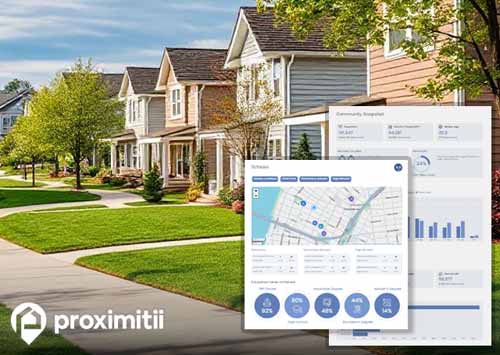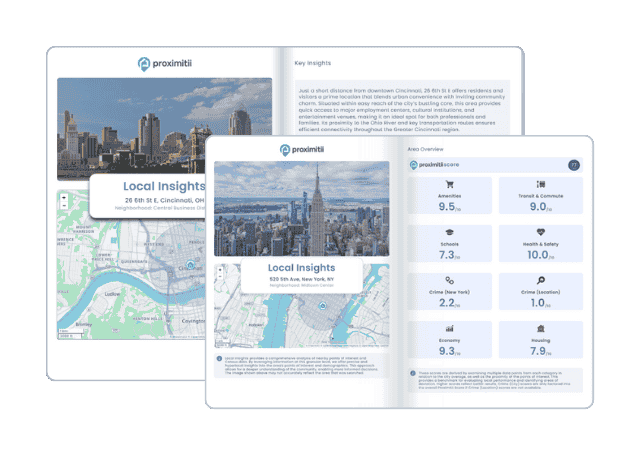| Statistic | Laguna Hills | California | National |
| Population | 31,613 | 39,512,223 | 328,239,523 |
| Population density (sq mi) | 4,828 | 256 | 91 |
| Median age | 41.8 | 36.0 | 37.7 |
| Male/Female ratio | 0.9:1 | 1.0:1 | 1.0:1 |
| Married (15yrs & older) | 58% | 52% | 55% |
| Families w/ Kids under 18 | 34% | 46% | 43% |
| Speak English | 69% | 56% | 79% |
| Speak Spanish | 13% | 29% | 13% |


Laguna Hills demographics provide invaluable insights into the composition, dynamics and needs of urban and rural areas, enabling them to plan, develop, and govern in ways that promote prosperity, equity and well-being for all residents. The Laguna Hills population is 31,613 and has a population density of 4,828 people per square mile, compared to the national average of 91. The median age of all residents is 41.8, 58% of people 15 years of age or older are married and 34% have kids under the age of 18. In Laguna Hills, 12% of households have a median income that is below $25,000 and 39% of households report a median income above $150,000.
Recognizing the racial demographics and ethnicity breakdown of Laguna Hills is pivotal for addressing systemic inequities, championing social justice and inclusion and fostering resilient communities. In Laguna Hills, the racial breakdown comprises 68.3% White, 1.6% Black or African American, 15.5% Asian, 0.1% American Indian, and 0.3% Native Hawaiian, with 20.9% of the population identifying as Hispanic or Latino. 68.7% of households reported speaking English only, while 12.8% reported speaking Spanish only. Furthermore, 24.5% of residents were categorized as foreign-born.
High population density areas typically offer a diverse array of amenities and services within walking distance or a short commute, enriching residents' quality of life and well-being. Accessible healthcare facilities, educational institutions, cultural venues, restaurants, shopping and public transportation options contribute to the convenience and vibrancy of these communities. The population density of of Laguna Hills is 4,828 people per square mile, which far exceeds the national average of 91 and ranks among the most densely populated cities in the nation.
Understanding Populations: Reporting and analyzing the demographic data in Laguna Hills can allow us to gain insights into the characteristics and composition of populations, including age, gender, race, ethnicity, income, education and other socio-economic factors. This understanding is essential for addressing the diverse needs, preferences and challenges of different demographic groups within communities. Demographics can play a crucial role in understanding populations, informing decision-making processes and promoting equity, inclusion, and well-being for all individuals and communities. Laguna Hills population data serves as a foundation for addressing social, economic, and environmental challenges and promoting the well-being and resilience of societies.
Social Cohesion: The analysis and understanding of demographics are essential for promoting social cohesion and fostering appreciation among diverse communities. By embracing and acknowledging differences in Laguna Hills demographics, societies can promote inclusivity, diversity and social harmony while addressing social inequalities and advocating for equal opportunities. Racial demographics can reflect the diversity within a population and are instrumental in fostering inclusive and welcoming communities. Embracing ethnic diversity strengthens social connections, promotes cultural understanding and enriches society by celebrating the contributions of individuals from diverse racial and ethnic backgrounds.
Policy Planning: Demographic data and statistics serve as valuable tools for guiding policy and decision-making processes across government entities, organizations, and businesses. Through the analysis and interpretation of Laguna Hills demographics, policymakers, government officials and organizational leaders can identify areas requiring attention, allocate resources strategically and develop policies and initiatives that cater to the unique needs and preferences of various demographic groups. Laguna Hills demographic statistics can play a critical role in policy planning by informing resource allocation, enabling evidence-based decision-making, identifying priority areas, forecasting future trends, monitoring policy outcomes and fostering equity and inclusivity. By harnessing this data effectively, policymakers can craft policies that are targeted, efficient and equitable, thereby addressing the diverse needs of communities.

Why stop at city-to-city? With Local Insights, you can compare neighborhoods, zip codes, or even exact addresses. Access 300+ hyperlocal data points—from schools and crime to housing and amenities—to see which area is the better fit.

| Race | Laguna Hills | California | National |
| White | 68.33% | 61.26% | 73.35% |
| Black | 1.61% | 5.85% | 12.63% |
| Asian | 15.51% | 13.85% | 5.22% |
| American Indian | 0.09% | 0.74% | 0.82% |
| Native Hawaiian | 0.35% | 0.39% | 0.18% |
| Mixed race | 7.53% | 4.62% | 3.06% |
| Other race | 6.57% | 13.28% | 4.75% |